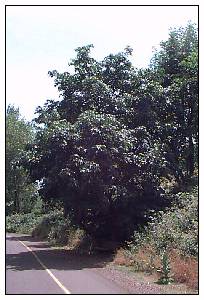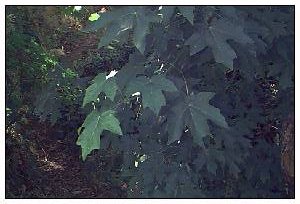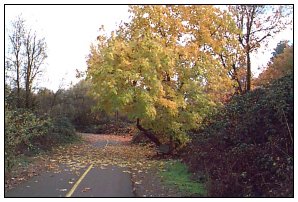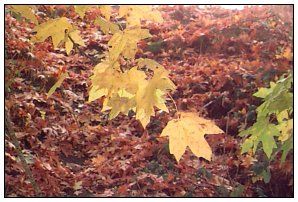 Talent Station 8: An Old Horse Tail
Talent Station 8: An Old Horse Tail
THE NUMEROUS NARROW GREEN SHAFTS that you see in this area are horsetails (Equisetum sp.), a relative of the giant fossil plants that are found in the coal deposits formed millions of years ago in Pennsylvania and West Virginia. Horsetails have a high silica content, which makes them raspy and is the origin of their other common name, scouring rush. Early pioneers along Bear Creek used these plants to clean their cast iron pots and pans.Walk another few yards and on the right is an Oregon grape bush (Berberis aquifolium). The Oregon state flower is not a true grape but does produce edible purple berries. The Takelma used its bark to dye basket materials a subtle yellow. It is an extremely tough prickly bush that grows over much of the state and is frequently used as a landscape plant.





















